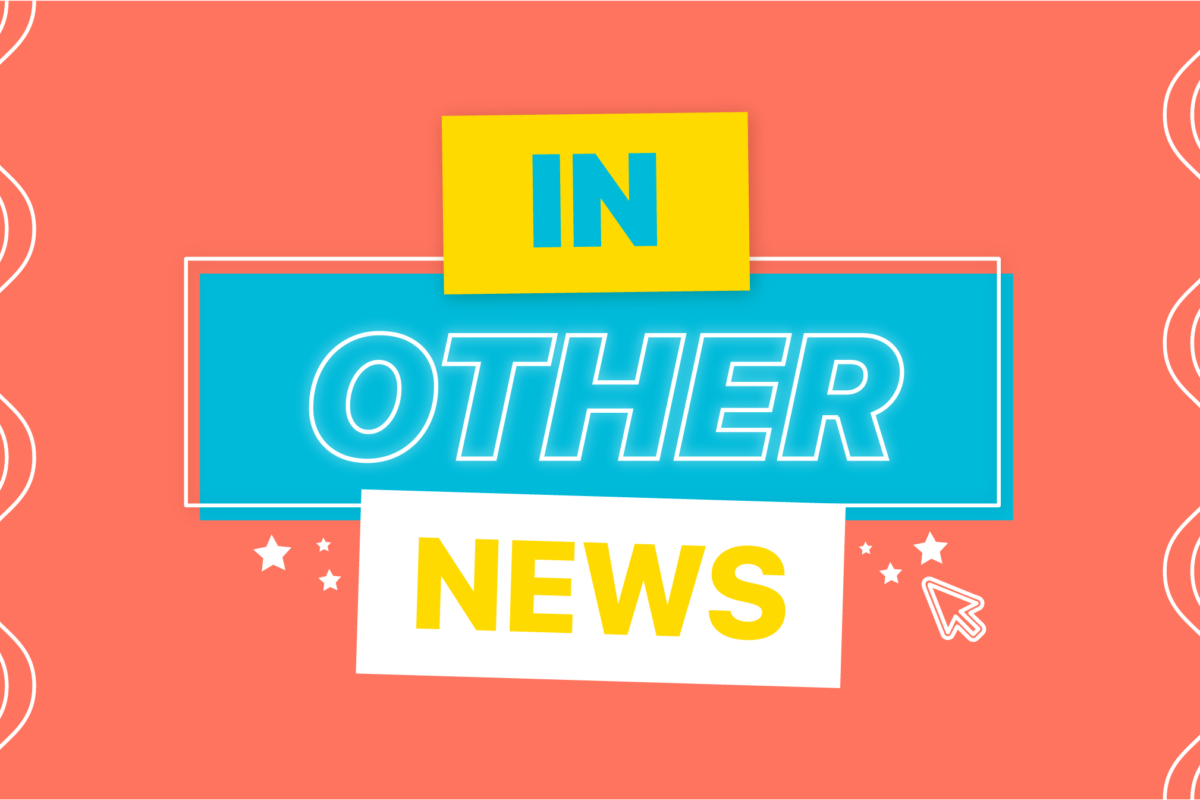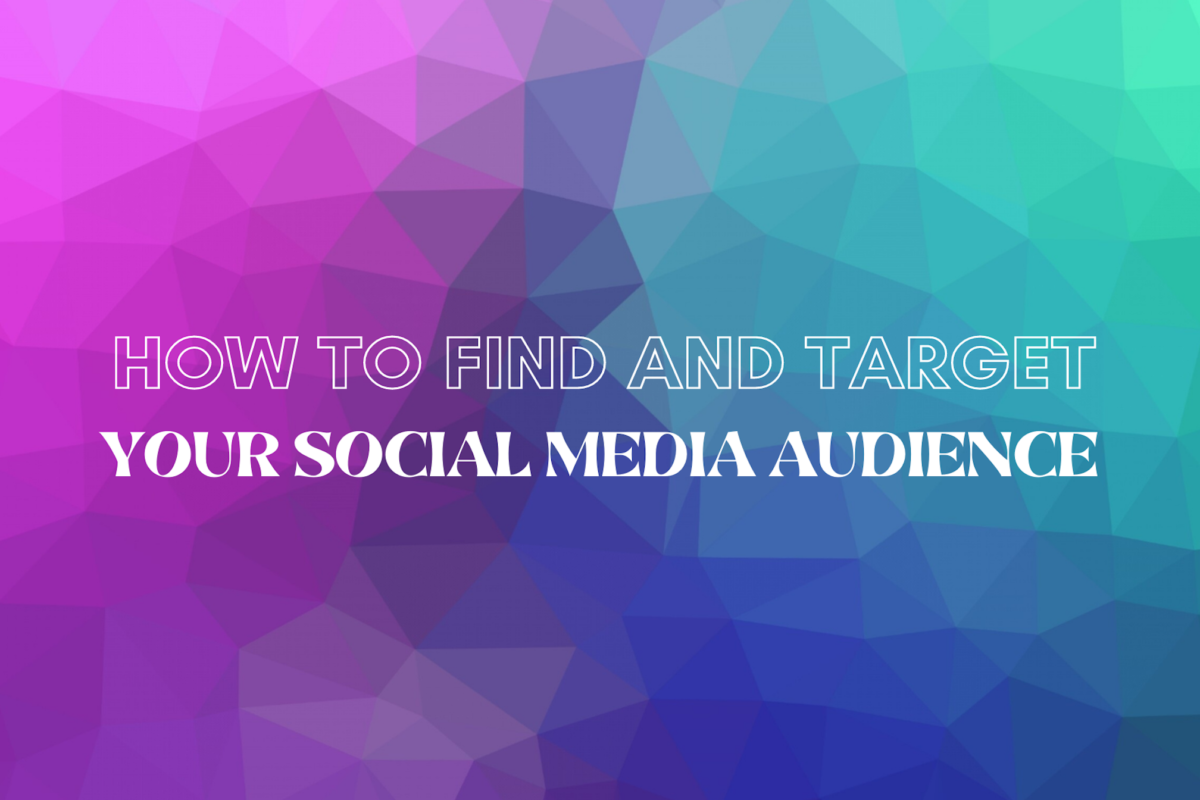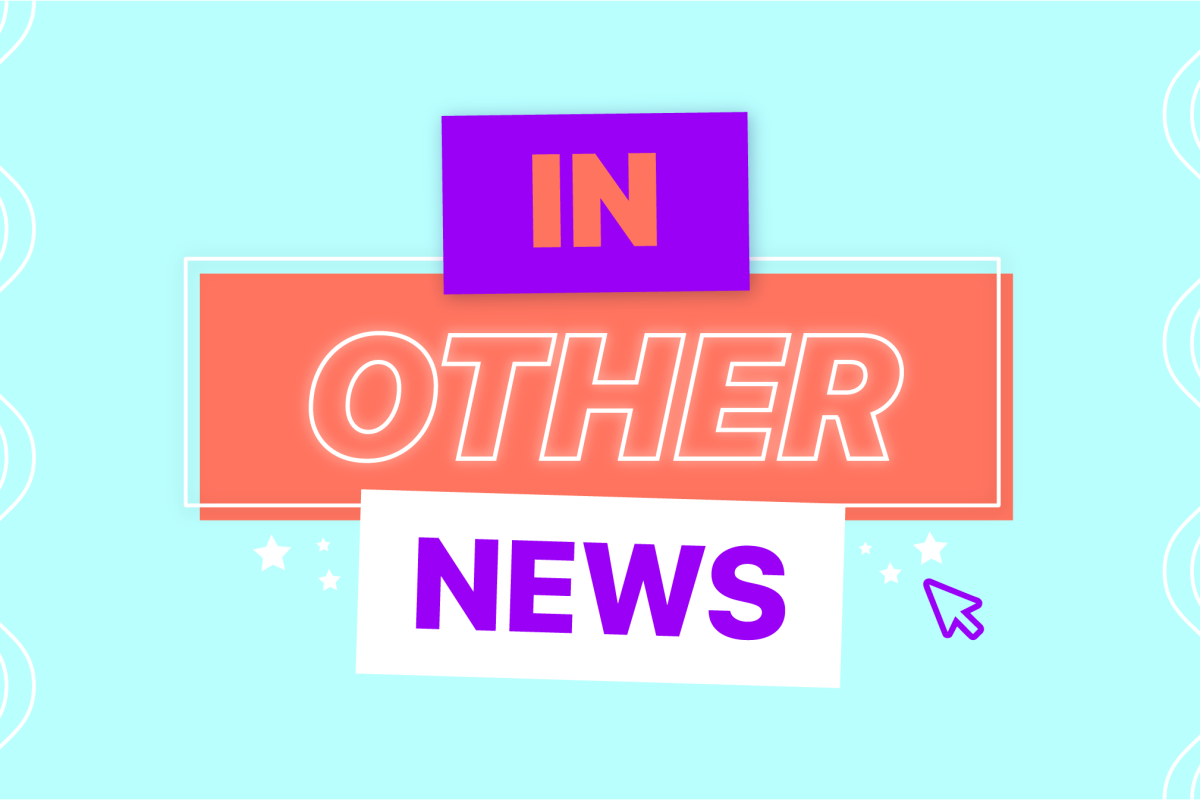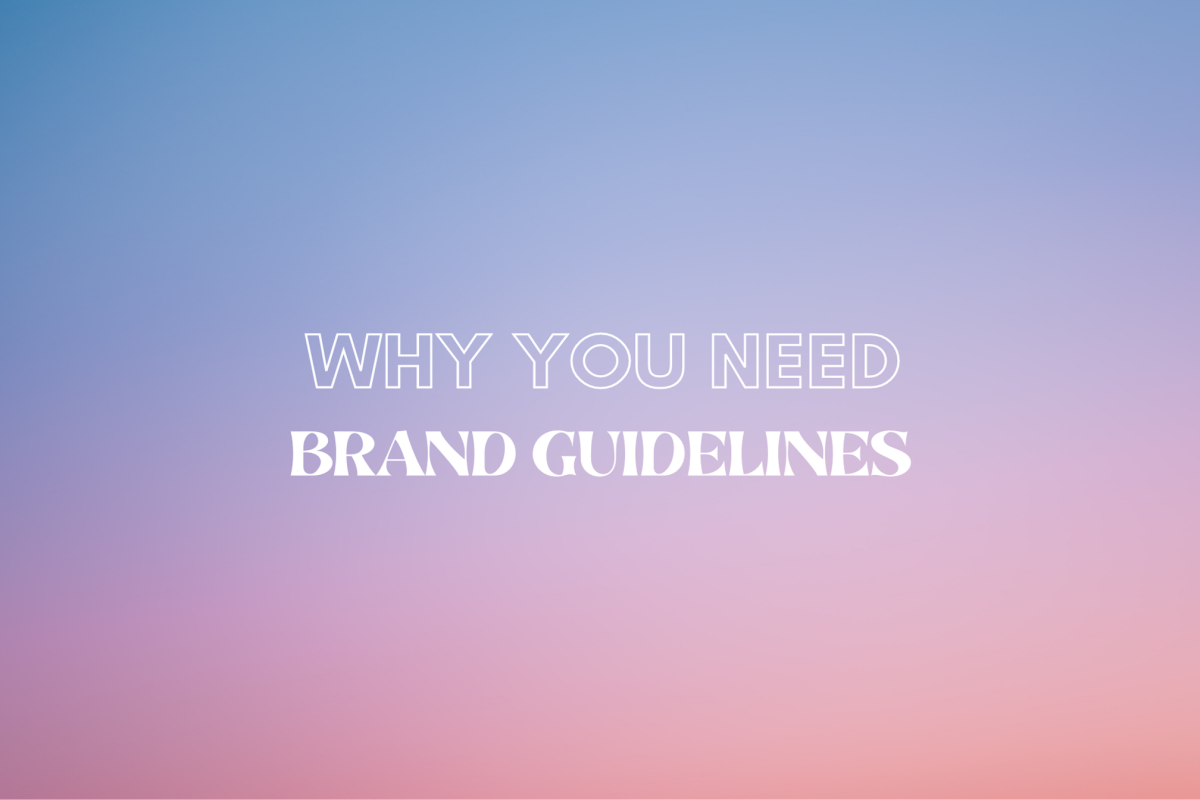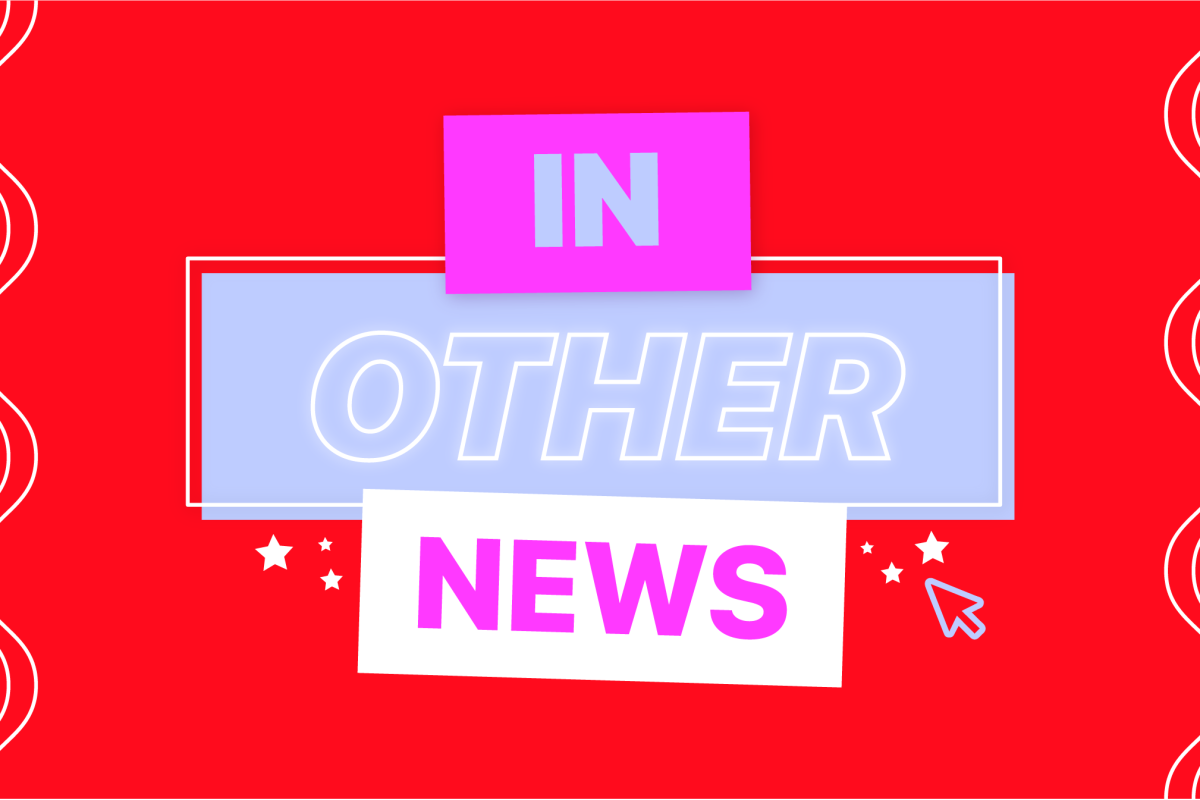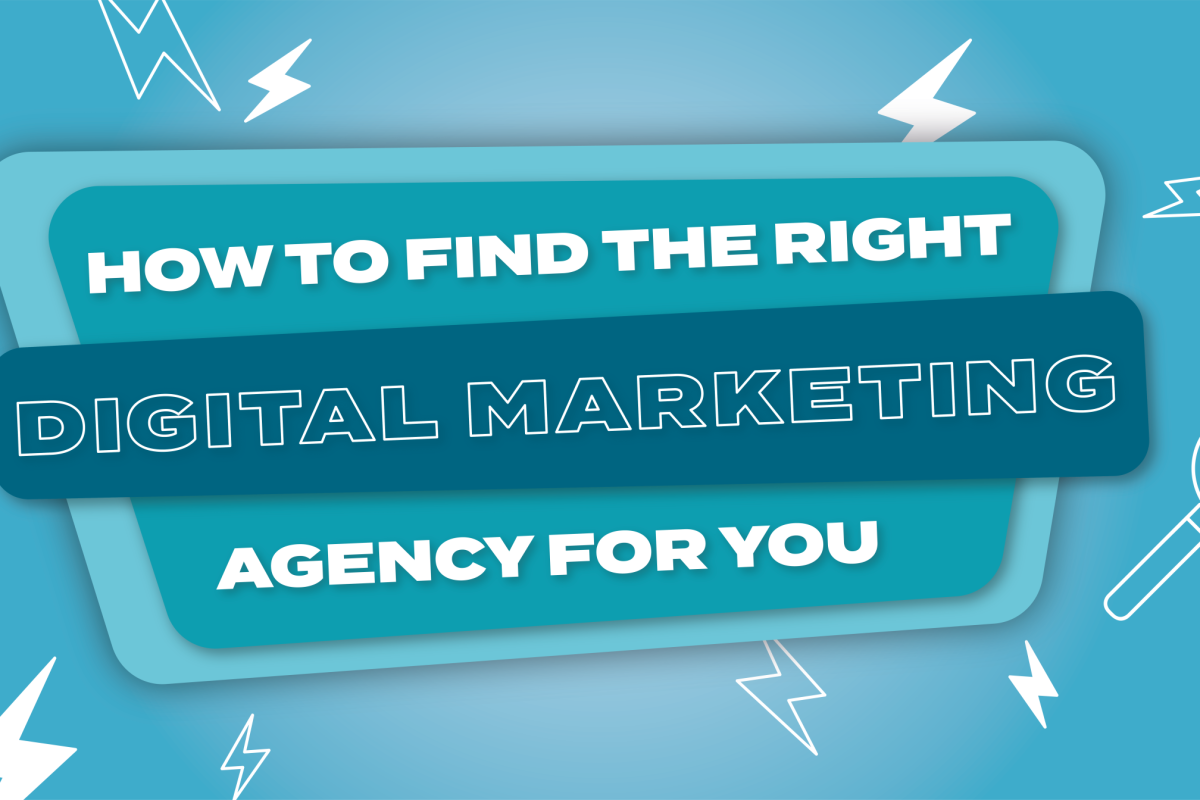LinkedIn steps up their game to keep your feed as relevant to you as possible
We know LinkedIn as the platform for all things professional, whether you’re sharing achievements, challenges, insights or job opportunities. With this in mind, there can be a very varied stream of content reaching your feed. To combat this, LinkedIn has added some new features to help you tailor your content and get the best reading experience.
So, what are they actually doing to roll this out?
- If you see a post on your feed that you aren’t interested in, you can click “I don’t want to see this”. This way you can streamline your feed to only show content you want to engage with!
- If you don’t fancy seeing political content on your feed, you will be able to select a control “I don’t want to see political content” to reduce this
- With many LinkedIn users keen to hear from leaders and individuals they don’t necessarily follow, LinkedIn is set to create more ways for said users to easily follow the creators that matter to them, straight from their feed
- With polls becoming more and more frequent on the feed, LinkedIn is looking to reduce the number of ‘irrelevant’ polls to ensure users are only shown those that are helpful to them
The word on the street is that LinkedIn is hoping to roll out a number of updates over time based on research analysis and trends. We look forward to seeing them come to fruition!
Youtube introduces a new ‘popular parts’ feature to their app
After carrying out a trial run with their premium subscribers, YouTube has decided to go ahead with the launch of a new feature that gives users an insight into where the most replayed parts of a video are.
In most previous cases, video creators would break down the different parts of their video using timestamps, but this new feature should mean they won’t have to.
Whilst you’re probably wondering why this feature is remotely helpful, I guess it could be good for locating specific parts of a video to avoid watching the whole thing – especially if it’s a long one! You might be looking for the part that’s gone viral online or a specific step in a recipe, for example.
VidMob reveals the creative best practices for advertising on Snapchat
The team at VidMob have recently released a three-part study, breaking down the key tips for creating successful ads on Snapchat. Check out a run down of the top points below:
- Make sure your message is punchy, clear and get it across early in the video
- Use high amounts of contrast between background and foreground to capture attention and make your message stand out
- Don’t wait until the end of the asset to display your CTA – users don’t tend to wait around!
- Keep text to a minimum
- Use influencer endorsement where you can, it tends to have a better swipe rate
If you have time, I’d definitely recommend reading the study in greater detail, even if you aren’t creating an ad specifically for Snapchat. There are some great insights and tips for all ad creators.
Make sure to follow @pfm_agency to stay up to date with all things social!
